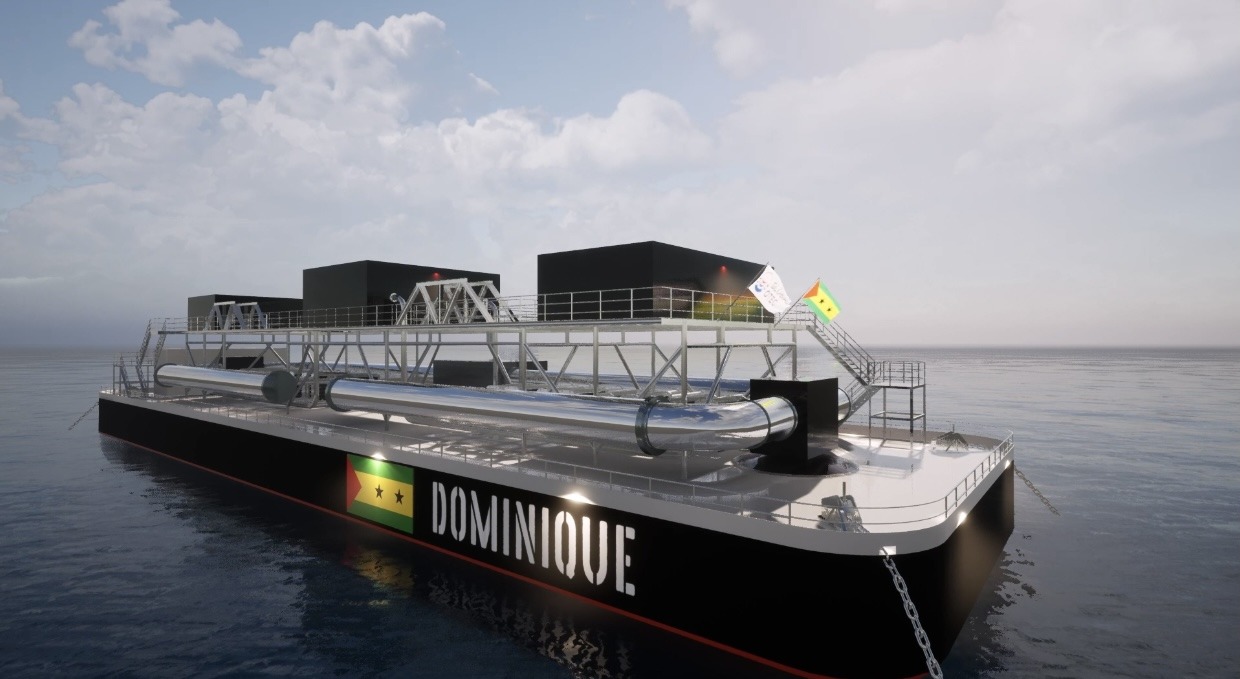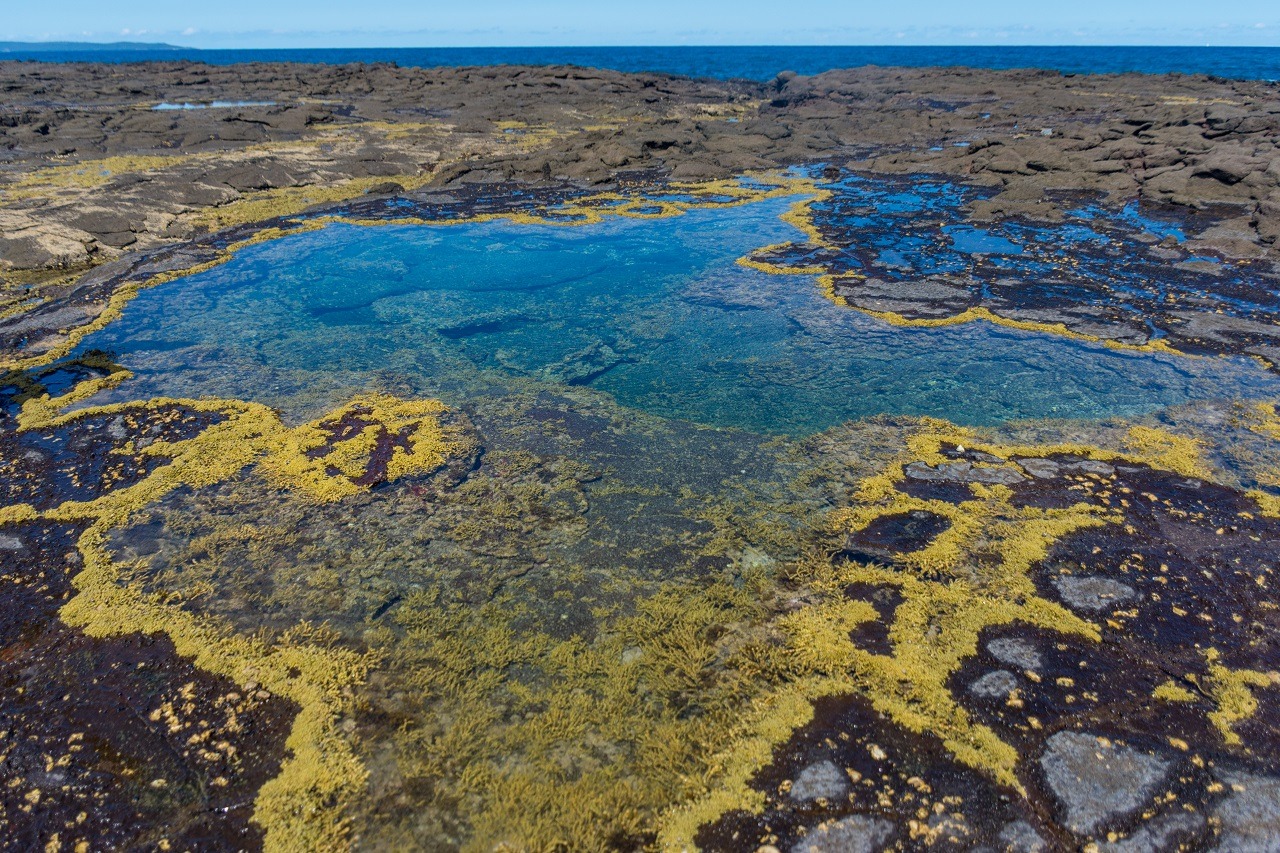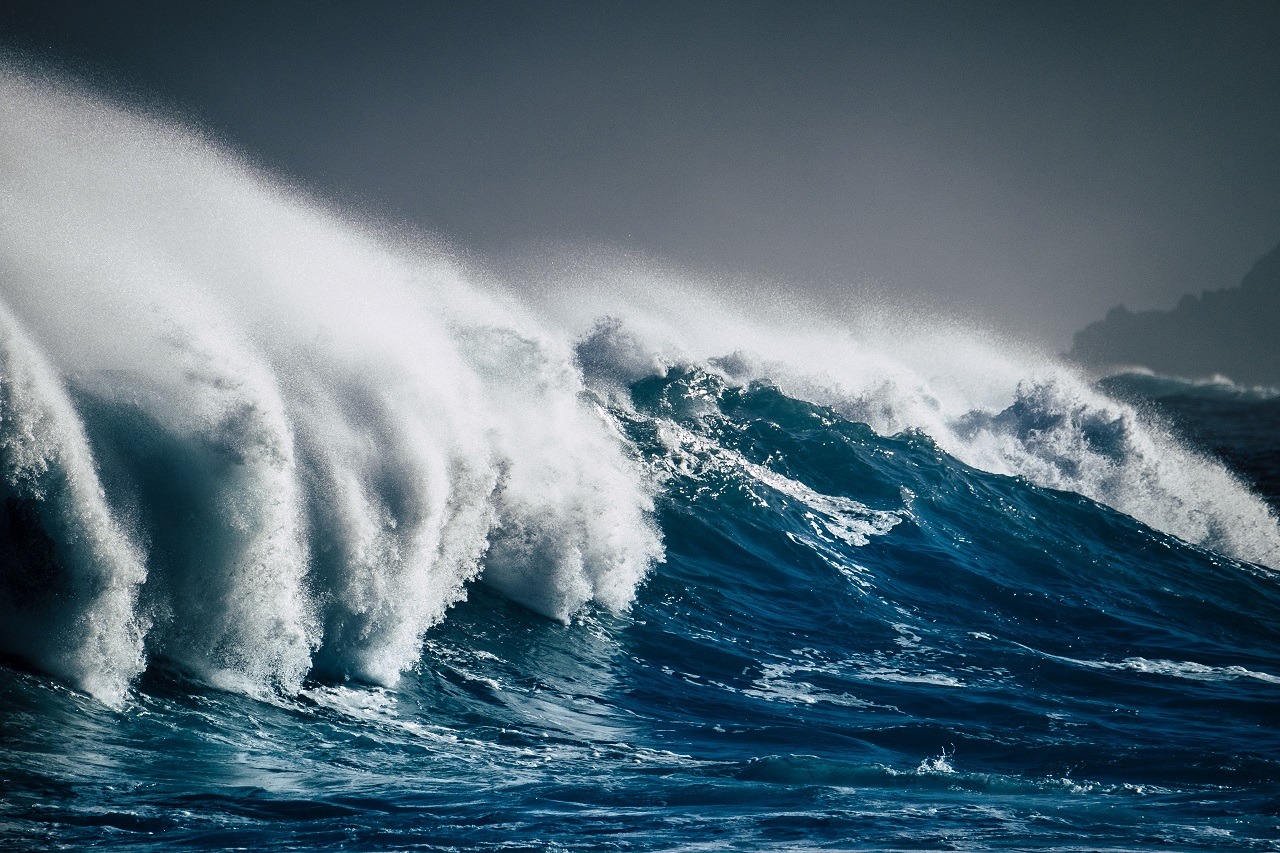Powerful Technologies
Ocean Energy Technology Options Powering Low-Carbon Economies
The appropriate technologies enable Small Island Development States (SIDS) and Coastal Least-Developed Countries (LDCs) to categorize and prioritize energy technology options that are:
(1) technically feasible,
(2) commercially scalable,
(3) consistent with sustainable development objectives, and
(4) that are better tailored to the conditions and needs of communities.

Ocean Thermal Energy Conversion
OTEC is a process or technology for producing energy by harnessing the temperature differences (thermal gradients) between ocean surface waters and deep ocean waters. Energy from the sun heats the surface water of the ocean, which is then used to generate electricity.
Ocean Thermal Energy Conversion (OTEC)
OTEC is a promising alternative energy source for base load power generation. The potential is high in almost all SIDS DOCK member states, except, or to a lesser extent, in Barbados, Belize, Trinidad and Tobago, and Suriname.

Living Breakwater Technologies
Living breakwater technology is a coastal protection technology that uses natural materials such as oyster reefs to reduce wave energy and protect shorelines from erosion. The living breakwater provides immediate wave attenuation and restoration services throughout the water column.
Living Breakwater Technologies
It protects culturally, ecologically, and economically significant coastal areas— restoring ecosystems to their natural state using keystone species.

Ocean Bioenergy
Ocean bioenergy refers to the energy that can be derived from ocean-based biomass, such as seaweed. Seaweed could potentially be turned into various forms of energy, including electrical base load energy.
Ocean Bioenergy

Wave To Energy Conversion
Wave Energy
Wave energy is a viable alternative for many SIDS DOCK member states, whether in the Pacific, Caribbean, Atlantic, or Indian Ocean. The most attractive locations for wave power parks are typically on the ocean-facing, windward side of islands, where there is a long, open “sweep” toward the incoming waves.
